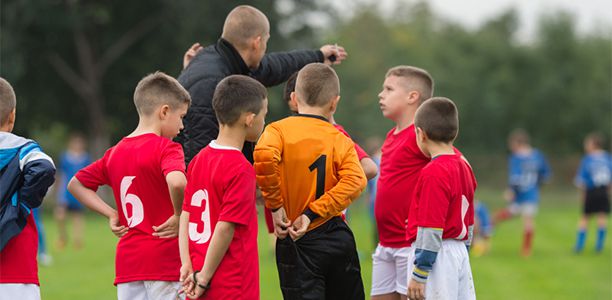Victoria’s grassroots sport clubs are not addressing high churn rates among members in key demographic groups, a Victoria University researcher has found.
Associate Professor Rochelle Eime studied data from the state’s most popular organised sports and found relatively high drop-out rates among young children, older teenagers, and those aged over 30.
“Many sports clubs are great at getting members to join but then pay little attention to keeping them,” she said.
The research examined more than 2.6 million participant records in Victoria in several popular sports including Australian football, basketball, cricket, hockey, and netball. It found about 8.3% of Victorians participated in organised sport in 2012 compared to 7.5% in 2010.
“That represents an extra 50,000 new participants, but this number would be even higher if these sports had policies or capacity to address attrition issues,” she said.
The research, conducted in collaboration with VicHealth, Sport and Recreation Victoria, and Federation University, found club participation rates peaked at ages 10-14, then fell considerably after age 15, particularly for girls.
Even modified junior sport programs such as AFL Auskick, in2Cricket or Net Set Go, have minimal effect on encouraging young children to continue in their sport. The data showed fewer than 14% of boys and 25% of girls made the transition from these kinds of programs to a community-level sports club.
“Junior programs are designed and marketed to young children, but what’s offered afterwards is usually only available in a competitive environment that doesn’t suit all children,” she said.
The study also showed that participation was consistently higher in regional areas, with about 12% of country residents involved in an organised sport club compared to 7% for their city counterparts.
“Often there aren’t many other options in remote or regional locations so organised sport plays a much larger role in these communities,” she said.
Dr Eime and other researchers prepared a separate study on healthy ageing for the Australian Sport Commission last year, and found that sport participation declined considerably with age.
“A number of barriers exist for older Australians to get involved in organised sport including physical or financial constraints, or a perceived lack of acceptance for older participants,” she said.
Dr Eime said the research reflects Australia’s sport policy that skews funding toward elite player development at the expense of community grassroots sporting clubs.
(Source: Victoria University)



 (2 votes, average: 4.00 out of 5)
(2 votes, average: 4.00 out of 5) 






